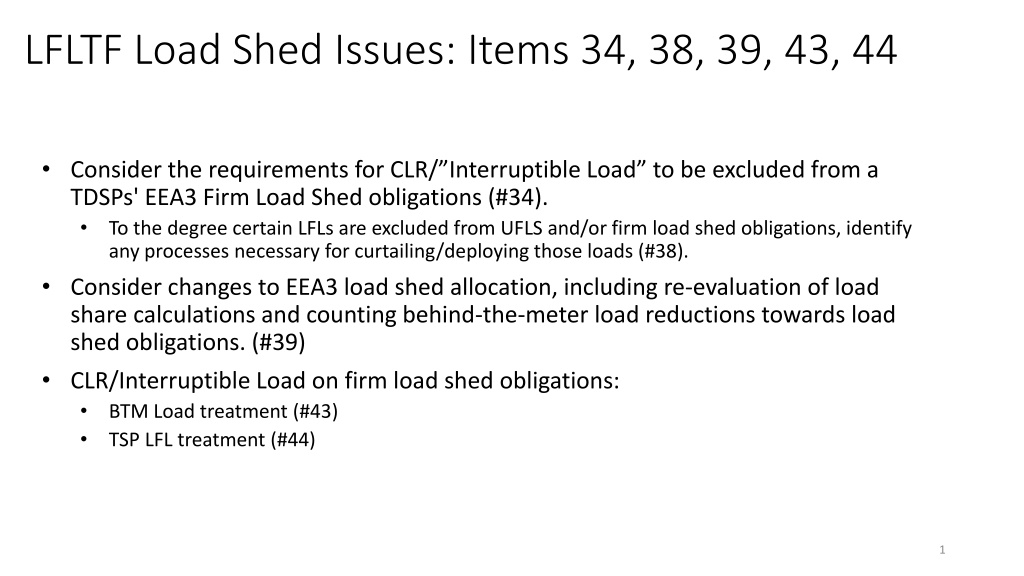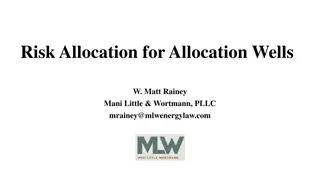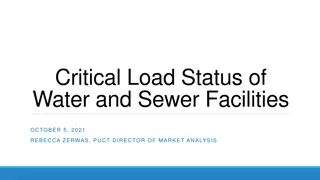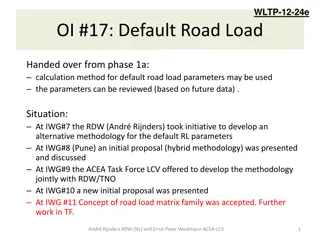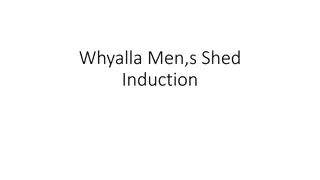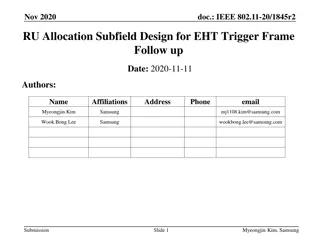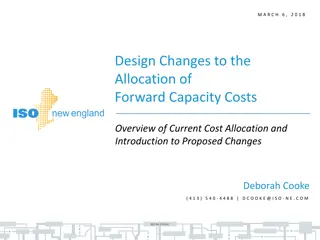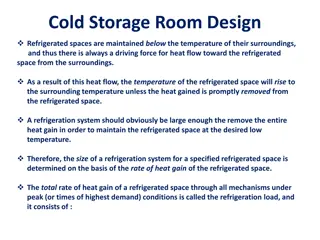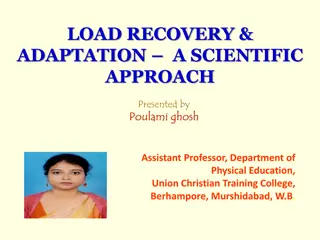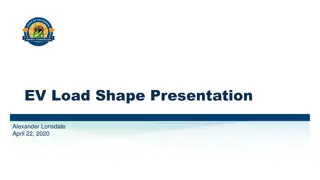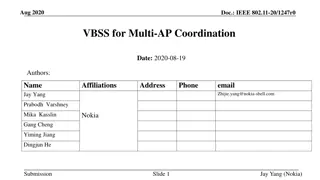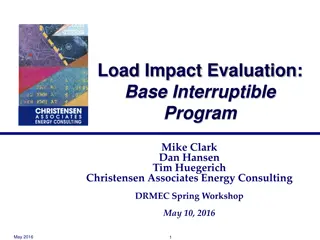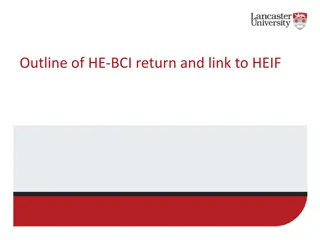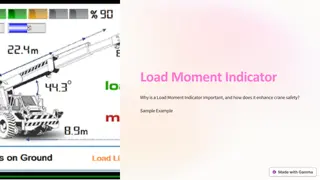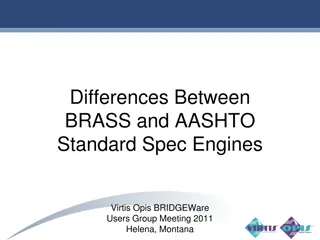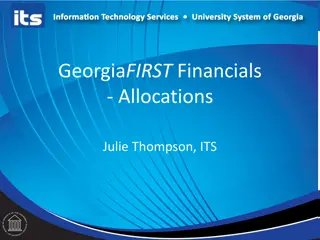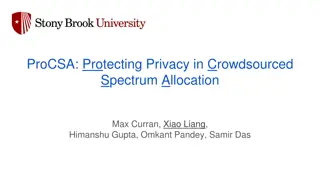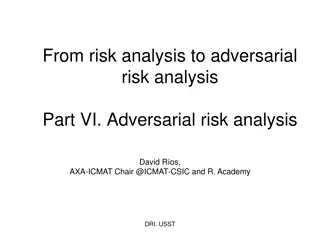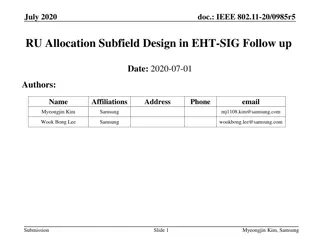Understanding LFLTF Load Shed Issues and Allocation Process
Explore the complexities of excluding CLR/Interruptible Load from a TDSP's EEA3 Firm Load Shed obligations and the necessary processes for managing load curtailment. Learn about the load shed allocation process, foundational assumptions, and a problem scenario involving load consumption during peak conditions.
Download Presentation

Please find below an Image/Link to download the presentation.
The content on the website is provided AS IS for your information and personal use only. It may not be sold, licensed, or shared on other websites without obtaining consent from the author. Download presentation by click this link. If you encounter any issues during the download, it is possible that the publisher has removed the file from their server.
E N D
Presentation Transcript
LFLTF Load Shed Issues: Items 34, 38, 39, 43, 44 Consider the requirements for CLR/ Interruptible Load to be excluded from a TDSPs' EEA3 Firm Load Shed obligations (#34). To the degree certain LFLs are excluded from UFLS and/or firm load shed obligations, identify any processes necessary for curtailing/deploying those loads (#38). Consider changes to EEA3 load shed allocation, including re-evaluation of load share calculations and counting behind-the-meter load reductions towards load shed obligations. (#39) CLR/Interruptible Load on firm load shed obligations: BTM Load treatment (#43) TSP LFL treatment (#44) 1
How Load Shed Allocation Works Each December, ERCOT reports to the PUCT the peak load on each DSP s system that occurred during the system s peak 15 minute intervals in June, July, August, September of that calendar year The four peaks are averaged for each DSP, and each DSP is allocated a % Load Ratio Share The ~140 DSPs are mapped to the Transmission Operators who represent their load Some DSPs are TOs themselves (AEP, CNP, Oncor) Some DSPs are represented by a third party TO (LCRA, GSEC, STEC) The % of system load required to be shed by each TO during manual load shed is the summed %s of the DSPs the TO represents. 2
Foundational Assumptions TDSPs cannot assume any particular voluntary response from a load Load shed instructions are based on a point in time and represent actions that are required to return or keep the system in a secure state Registering as a CLR does not provide assurance of how a load will respond in real-time because this does not require that the load submit offers to reduce or increase consumption 100% of the time, or offer any particular % of their capacity at all times Load shed actions must be simple and quickly implementable 3
LFLTF Load Shed Problem Statement When a LFL consumes energy during a 4CP interval, those MW are included in the % of system load allocated to the DSP and subsequently to the TO serving this LFL, and is required to be shed during Firm Load Shed. What if the LFL is 500MW in size, and the maximum load the TO has ever served during peak conditions is 300MW? Problem Scenario 1: The LFL is not consuming when load shed is directed by ERCOT, and the TO cannot meet its load shed obligation without the LFL s MW reduction. TDSP is contractually obligating the LFL to consume until EEA3 is declared to meet its Load Shed obligation (misaligned with reliability objectives) 4
LFLTF Load Shed Issue Proposals/Options Option 1: Telemetry (Golden Spread Electric Cooperative) Proposes for ERCOT to telemeter TOs real time load shed obligation percentage This is what the GSEC TO does for its member cooperatives GSEC takes its load shed allocation from the table, and allocates to its members based upon real time load. SCADA screen built to where the operator enters the ERCOT wide load shed amount, and each members allocation is immediately displayed. Each TO could telemeter its load to ERCOT ERCOT could calculate real time % based on TO load telemetry, and telemeter each TO their % obligation ERCOT lock in TO % load shed obligation at the appropriate time for an event (perhaps between EEA2 and EEA3). Option 2: Exclude data center loads from static tables (Golden Spread Electric Cooperative) GSEC still concerned about winter load shedding based upon summer 4CP from 1-1/2 years ago (Feb 2021 EEA3 load shed was based upon 2019 4CP). If this method is chosen, what would qualify for table exclusion and how would it be policed ? Option 3: ERCOT to instruct LFL QSEs to reduce/shed load pre-EEA (ERCOT) 5
LFLTF Load Shed Options Assessment (Draft) Option Description Pros Cons 1 ERCOT to telemeter TOs RT Load Shed obligation % -Accuracy -Potentially complex -Implementation logistics? -ERCOT systems changes? 2 Exclude LFLs from LS table -Simple -Potentially increases LS allocation to other TOs (see Appendix example) -No assurance of how the removed loads will actually behave in RT 3 ERCOT to QSE LFL Load Shed -Keeps existing TO allocation methodology the same -TO to be backstop if LFL doesn t respond? 6
Appendix 8
Load Shed Example (Oncor) Existing Load Shed allocation process: Assume 60,000MW was the average total 4CP demand in 2021 TO-A had 5,500MW of the total demand on its system 5,000MW was non-interruptible demand/load 500 MW was interruptible demand/load All demand is currently treated the same in the TO allocation process TO-A is responsible for 5,500MW or 9.167% of system Load during Manual Load Shed All other TOs combined share is 90.83% of system Load Proposal to exclude interruptible loads from Load Shed allocation: Of the 60,000MW of 4CP demand, assume 500MW was interruptible load on TO-A s system Removing these interruptible MW from the total will result in an adjusted system demand of 59,500MW Removing these interruptible MW from TO-A s allocation will result in TO-A having 5,000MW of system demand TO-A is now responsible for 5,000MW or 8.4% of Load during MLS (lower than above) All other TOs combined share becomes 91.6% (higher than above) Conclusion: removing interruptible load from 4CP total demand with no assurance that the load will actually disconnect during load shed conditions increases the load shed responsibility for other TOs. 9
